Last Updated on August 2, 2021

BUY AMERICAN MUSCLE ON BLU-RAY HERE OR ON DVD HERE
If there's one kind of film I truly enjoy it's a good ol' fashioned, balls-to-the-wall, action-packed and grindhouse-styled revenge flick. Filled with everything I need from that kind of entertainment (blood, bullets, fight scenes, hot naked women, and a badass anti-hero), Ravi Dhar's AMERICAN MUSCLE delivered a twisted and violently-fun way to spend an evening in front of the TV. If you're a fan of hard-edged bloody mayhem, then AMERICAN MUSCLE should be right up your alley. You owe. You pay. And payback is killer!
I got the opportunity to toss a few questions to AMERICAN MUSCLE director Ravi Dhar and in this exclusive interview we discuss how the project came together, the trials and tribulations of working on a limited budget, what makes the revenge genre so appealing, and how the spirit of grindhouse filmmaking lives on.

Guns, guns, guns!
Thanks for taking the time to answer a few questions, Ravi. AMERICAN MUSCLE was a hell of a ride: a brutal, balls-to-the-wall, exploitation-style revenge flick the likes of which we just don’t see enough of these days. How did you get involved with this project?
Thanks Kevin! It was a hell of a ride making it too! I initially got involved through Travis Stevens of Snowfort Pictures, one of the 3 producers on the film. I have known Travis for years as a friend. I have worked a lot of my career as a editor and helped him with a edit on a project a year before American Muscle. It was then we started talking about trying something super low budget, "Group of friends and a camera" style. From that conversation, Travis met with Jeffrey and Michael of Automatic Entertainment, the other 2 producers on the film, who so happened to be interested in producing grindhouse films. From that meeting – the outline for AMERICAN MUSCLE was born. John Fallon was then hired to write the script from their initial outline. And yes, AMERICAN MUSCLE was actually written in Canada by a Canadian! When John finished up, I was brought on-board and here we are.
What was it about the script that intrigued you to tackle this project? Were you already a fan of the revenge genre?
I think the "Revenge" story line is the oldest narrative there is. Revenge is a great motivator for a character in any genre. In some ways, I felt AMERICAN MUSCLE read as a classic Greek Tragedy – a love story, family dissension, dueling siblings, obsession. I also think no emotion motivates people more in life that the idea of love. What are we truly capable of doing for love? I believe "Revenge" is the darkest answer to that question and that mix is what attracted me.
With John's script, I also like this idea of the anti-hero. I feel like in most revenge scripts, the protagonist's wife or daughter is kidnapped and killed. 99% of people in the world then feel whatever this man needs to do is just cause. This is definitely different approach here. Here, John Falcon tried to change his life, get married, pull one last job and it all fell apart. After years in jail – his head was on constant repeat of the things he loved and the things he didn't love. He lost the ability to rationalize – there was no grey area anymore. He is no longer dealing with the morals of what the world says is good and bad – it's simply what is good and bad to him. That is a pragmatic approach to life that is surreal and fascinating to play out, in some ways a dark fantasy. It's kind of the Jerry Maguire moment telling your boss to go shove it for what you believe in but in John's case blowing off heads is what needs to happen for what he believes in.
As far as revenge movies, my dad was a tech head, the minute a VHS/DVD player came out we had one but we barely had any movies. He would buy the players on business in Japan, so the handful of movies we had were all Japanese Samurai movies and a copy of THE NEVER ENDING STORY! To this day, those Samurai films are the most watched films I have ever seen and to me the quintessential revenge prototype, maybe the seed was planted then! As a kid though, I was attracted to counter culture and B movies, SUBURBIA, DECLINE OF A WESTERN CIVILIZATION, A CLOCKWORK ORANGE, skate videos – anything that promised me a world I had never seen. On a side note, I still think THE NEVER ENDING STORY is a fantastically crafted film.

Nick Principe as John Falcon in AMERICAN MUSCLE
What I found interesting is that you wore many hats on AMERICAN MUSCLE. Directing is arduous enough, but you also handled the cinematography. Did juggling multiple facets of the production during the shoot prove to be challenging for you?
I juggled even more that that – I would have to import the footage each night too. Sometimes having to set my alarm to wake-up and get a new card in the system, so we would have enough cards to shoot the next day! The "import station" was the laundry room of the house that the whole crew stayed in. I still will never forget walking in and someone had unplugged the entire import station to do their laundry while it had been importing – almost a total disaster.
As far as cinematography, it is something I really enjoy and like doing. There are directors who have done both and they tend to be the ones I admire. It was a challenge though as it was almost next to impossible to rig the camera to have a focus puller . Beyond that – even if we could have had a focus puller – we couldn't afford one. So alongside directing and shooting, I am also pulling focus, which is not easy on a 5D because the barrel of the lense is very small and sensitive. Not to mention, your eyes fatigue pretty easily out in the desert sun and if that wasn't enough – Nick Principe is like 6'8 or something – I'm 5'10 – not the easiest thing!
Speaking of the cinematography, AMERICAN MUSCLE feels very much in the vein of classic ‘exploitation’ films, thanks in no small part to the camerawork on display. It certainly fit the tone of the film well. Did you look to other films in the subgenre for inspiration on how you wanted the film to look, or did you already have an idea of how you wanted to convey the story visually?
Thank you, I am really happy people enjoy the look of it. Truthfully, I love to indulge in the prep/inspiration process but AMERICAN MUSCLE went into production very quick. Everyone was suddenly available in this one window and it just happened. I love to work with references and I had a bunch to pull from but when I got to location the printer didn't work – so those basically went out the window.
There are things – like the shadows of the crew on the main gate in the beginning of the film was a nod to the "Clockwork Orange" tunnel assault scene shadows. Actually, the face paint there too was a modernized nod in spirit to what Malcom McDowell wore mixed with desert rat Jugallos and death metal. There is this indie film called RUBBER that give me confidence that the movie was even possible to make. It was also shot in a nearby desert on a 5D and it's director is a true auteur – writing, directing, shooting and composing. I knew he was using the same tools plus about 10 times the budget as me but still – I felt that technically if he could do it, I could, so I would look at that.

Todd Farmer as the villainous Sam!
I think there were times that I was aware I was stumbling on some visual language that felt familiar to me but it wasn't my motivation for framing. For instance, I used for John Falcon's single shots almost exclusively a 24mm millimeter lense. I loved John/Nick's nose and a 24mm is pretty wide – so it elongated his facial features, his nose in particular and made him seem more distinguished, more hulking and overall more surreal than everyone else. On a practical level, it also well helped me make up some of the 1 foot difference between him and I. But as I shot that – I was like, oh wow this what the Coen Brothers did with Barton Fink or this lense and framing is what gave early Spike Lee films such a pop.
I have always been a fan of atmospheric movies that embrace the environment as a character such as Jim Sheridan's IN THE NAME OF THE FATHER and Florian Henckel von Deonnersmarck's THE LIVES OF OTHERS. In AMERICAN MUSCLE, there is nothing as politically consequential as the IRA or the Berlin Wall coming down, but the simple resilience to change makes the desert unique. No human being should be living in the desert. There’s no agriculture, there is no water, the heat can make you delirious – it’s meant for reptiles, not humans. That base struggle to simply survive permeates throughout the desert. There are no new restaurants opening here, there is no H&M coming to town – its a world of the dusted and faded. There is a beauty to that desperation that unifies and attracts a wide variety of characters. David Lynch could have dropped "Twin Peaks" into the desert and it would have worked. The desert is filled with retired movie stars, bikers, meth addicts, artists and more military men being shipped off to war than any other area in the USA. I will never forget our lead actors covered in blood walking into the grocery store and no one bothered to blink an eye. In fact, the only reaction was a sympathetic "Damn, I think you got it worse than me today." That is desert life. If after watching this movie people reconsider driving all the way to the desert to take psychedelics – I will have done my job. You don't really don't need the mushrooms to see the weird beauty and vibrant language that the desert speaks in. The surrealism is alive and well and that is what I wanted to try and capture.
Let’s talk about the cast for a moment. You found quite an imposing figure with Nick Principe as John Falcon. He’s a scary anti-hero who speaks very little dialogue but kicks a lot of ass in his quest for revenge. What drew you to cast Principe in this role?
Nick was a recommendation from the producers, they offered him the role straight up. Aside from his natural hulking presence, they thought he would be beneficial to the fight choreography with his background in stunts and a interesting choice for fans of the genre. I think as a director, it's exciting to cast someone that has some personal experience with the subject matter. Believe it or not, there were some things in Nick's life that he could relate and tap into. In fact, the exterior prison scene we stole, we of course couldn't afford a prison – so it was just Nick and myself driving around trying to block a shot in front of a functional prison. A guard came out and it occurred to Nick that he may have some unfinished legal matters! So his opening walk from prison could have been his actual real walk into prison! We got out real quick. Nick is interesting though – he is a massive man in person yet he is quite funny and can be very warm. The "Gentle Giant" character to a tee – I remember being surprised by that and he told me if you are 6'8 and and 250 plus you have to learn quick how to be funny to have any friends! I kind of used that as a jumping off point to create this contrast of this bad ass tough guy and his relationship with Darling. I liked that contrast that even the biggest bad asses have someone in there life that can humble them.

Screenwriter John Fallon as mute killer Tongues!
And Robin Sydney? I’ve seen her work in several genre films and she is always solid, but she really delivered quite the standout performance as Darling. How did you know she was right for that role?
Robin wanted to go as far as possible and is really fearless and really open. She also had been around some people with addiction that aided getting that mindset right. I showed her videos of socialite Edie Sedgwick who was basically the Paris Hilton of years ago. By the end of her life she was this drug addicted mess. We would watch videos of her as reference, her voice in particular which just seemed to loose a will to talk anymore. I really liked that nuance and so did Robin. Edie's last film to come out CIAO MANHATTAN was a mess. She got a boob job somewhere in the middle and ended up in Santa Barbara living in a tent in a drained out pool of her mansion I believe. We ran out of locations and there were some more dramatic scenes that were actually continuous scenes shot in a basic room that just didn't work for me at all. That is when we decided to use the tent in the house, it came from that early character study of Edie. To me Darlin is such a little girl trying to survive in this crazy ultra-man's world. The tent to me was her one safe space, her one last place to day dream and be a kid and get away. So we grabbed a tent from the crew and went with it. That moment were Darling is handling the insect was just a moment and Robin called me in and said get this. I think it's one of my favorite frames in the film.
Overall, a lot of her performance was completely improvised. The bowling alley was a night off actually – where the crew went to go bowling to blow off some steam and I just told her go get a ring from the gum ball machine etc. It's kind of a weird reference but I work in advertising sometimes and I kept thinking of those old school Kate Moss Obsession Ads. I know they got spoofed over time but I remember they were kind of creepy and haunting initially.
Other interesting casting choices were DRIVE ANGRY’s Todd Farmer and KILLJOY actor Trent Haaga, two guys who have seen quite a bit of success as screenwriters (Farmer wrote JASON X & MY BLOODY VALENTINE, Haaga penned CHEAP THRILLS and DEADGIRL). Did you find it to be easier to direct actors who were equally as familiar with the other side of the camera?
Todd had a lot to add with lines and some balance issues in character development overall and of course donated his head which was from JASON X which he wrote! Trent was in and out really quick and his job was far from easy. We initially had some bikers that were going to drive up from Los Angeles but when it all came down to it – they cancelled. Caroline – our associate producer and location manager was living in Yucca Valley and she literally drove by some bikers asked them if they wanted to be in the movie! I had just watched that Peter Fonda movie with the Hell's Angels in it again … "We just want to ride and be free!" and I was like – lets' do it! That definitely didn't work out in my favor or Trent's! It was really really hard to direct them. One of the bikers couldn't stop laughing and on the ambush day, we had 4 hours to block this gun battle and fight and after the first take I was told one of them had to leave, "To go get parts for their bike." This was after they asked to use their real guns instead of the fake ones. Long long story short, I lost 2 of them because it wasn't their safe area to ride so they had to roll out together. I had about 50 minutes to shoot whatever action I could. Trent coming from initially the Troma world was cool enough to just make it all happen. I think he did amazing for what he had to work off. I think he would have been a fun character to keep a little longer, for him to weasel out of getting killed and lead Falcon to the next scene and then get killed. I also have a lot of respect for bikers now though too, maybe not the best actors but that is a real world out there, to quote them, "This isn't some Sons Of Anarchy" shit!

Trent Haaga fires away as Styles!
What was the actual production like? How many days did you have for principal photography?
The actual production was pretty unconventional. Almost the entire crew stayed in one house. I slept on a couch next to the producer for the first week and the second week we both upgraded into the same closet. It looked like the room was full of coke but it was actually foot powder. One guy in the crew slept in his car, one slept on a massage table he found in the house, there was a room full of air mattresses that looked like a bizarre sex dungeon. There was a lot of Del Taco and Coors Light 30 packs going around. All said and done it was 15 days I believe – some of those being half days on the weekend though. We did do some pick ups after assembling the film.
What was the most challenging aspect of production for you?
The most challenging thing was patience. The budget was so low on this – everyone was overworked first off and that always leads to stress and errors. There were also people who have never worked on features before and just didn't have a understanding of basic protocol yet. Essentially people either start to sink or swim. There are moments when things are going terribly wrong and you know ultimately it's dramatically effecting the final outcome. Overtime, you realize that is part of the job though – to adapt. It is the worst feeling ever to make multiple compromises, in particular when they stem from human error but that is how it goes. On the flip side, when people are on it's amazing. Our gaffer, literally loaded and unloaded and set up every light by himself, was amazing. The simple reality is even on the bigger budget the problems just manifest in a different way. I just alway remind myself now that Ridley Scott was fired from BLADE RUNNER!! Ultimately though, the entire work of the crew, to make a movie on the budget of a modest music video is amazing and I am grateful for that and what we all learned tons in the process.
You’ve worked on music videos, commercials, television shows…a wide range of projects in various genres. Did you approach AMERICAN MUSCLE any differently than your previous works? What techniques did you utilize to ensure the shoot was a successful one?
It's hard to pinpoint anything directly but they all influence you stylistically. The biggest difference with a feature really becomes about the pace and rhythmn. It's hard to have moments that are as excitable as music videos, commercials and to a extent TV without hitting a plateu really quick. To me it became finding the best bits of those worlds and seeing if they could fit in and add and not totally disrupting the feel of a feature.

Robin Sydney as the sexy but deadly Darling.
AMERICAN MUSCLE felt like an old school ‘blood, babes, and bullets’ throwback, but you managed to channel what made those films so much fun into something modern without having it feel forced. Can you speak on how you were able to pay homage to the exploitation genre but make it feel fresh?
Thank you, I am happy that you can feel that. I think that is what excited Travis about bringing me on board, he knew that I wouldn't simply want to homage the genre by putting film scratches over the digital footage and handing it in. There is no way I could justify doing something like that. This film took inspiration from grindhouse but not in the traditional way. The grindhouse aesthetic to me was an after effect of the limited budgets. I don't believe they purposely wanted to have film scratches on the film – they wanted to make a “real” movie and couldn't afford to cut the negative or the film loader screwed up or the camera was inferior. These issues of low budget filmmaking I believe dictated many of the stylistic choices involved to finish the film. I thought it was a disservice and artistically quite boring to make a contemporary film then add some fake film scratches to a digital production. That really didn't make sense to me. What I did find is the spirit of grindhouse lives on but it reared its head in many ways, like not having a focus puller, stealing locations, using non-actors. On such a limited budget, Grindhouse just finds you! To put it into better context, Travis the producer of our film jumped off a 2 story house for a stunt using his cell phone case as a mouth guard!
John Falcon inflicts some pretty brutal and bloody vengeance throughout the film. Was there ever a question as to how gratuitous the violence displayed would be received?
I am glad people find it violent, I personally wanted a lot more violence. I think I may have a very high threshold. It's weird now, I find myself thinking of really elaborate violent scenes for cinema now! The film has changed me!
You also worked on the edit of the film. Tell us how that process went? How much of what you shot ended up being cut, and was that a difficult decision for you to make as both director and editor?
Very little was thrown out. I started the film and finished it and in-between Brody Grusar who had worked with Travis on Cheap Thrills gave it shape and a pass and then a editor friend of mine from college Robert Deichmann worked on a pass with me to o. That director/editor separation can be tough and it was great to have some new eyes on it. Between the 2 of them, they would find these eureka moments of oh wow – do THAT! The THAT that i just couldn't see anymore. I think the film started to accelerate when I asked the composer Dean Baltulonis to work with me during the edit. If you don't know, that is a Hollywood luxury. You usually are using temps of other movies in. I think that is insane, especially for a film like this where the script is lean and the atmospheric elements are huge. I read that David Lynch works with his composer during the edit. I asked Dean, I told him straight up, I am going to fatigue you, we may throw out a bunch of stuff but would you go on that ride with me and he was down.
What’s next on your slate?
EUROPEAN MUSCLE, SOUTH AMERICAN MUSCLE and ASIAN MUSCLE – just joking. I have a couple projects, one that deals with insanity and one that is the ultimate NYC movie. There is a documentary that I am working on too that is in the vein of the "Anvil" story. I also really want to do another revenge film – I would love to do it from a female point of view this time and make it ultra violent.




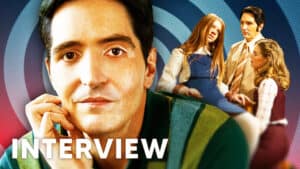
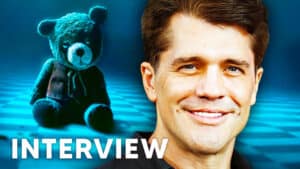

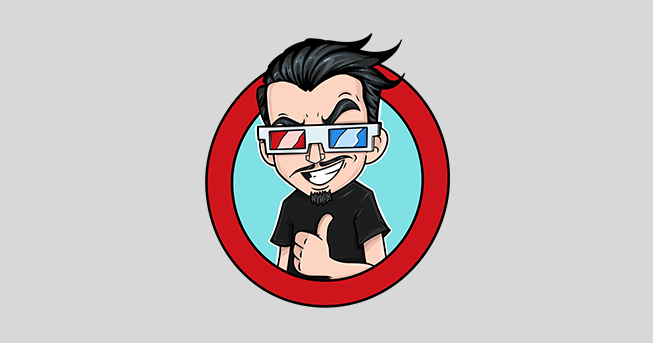
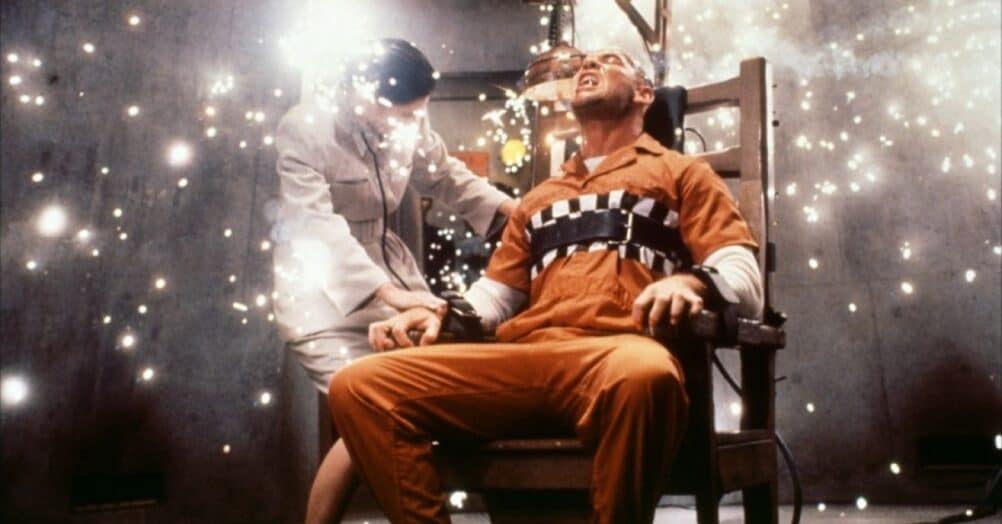
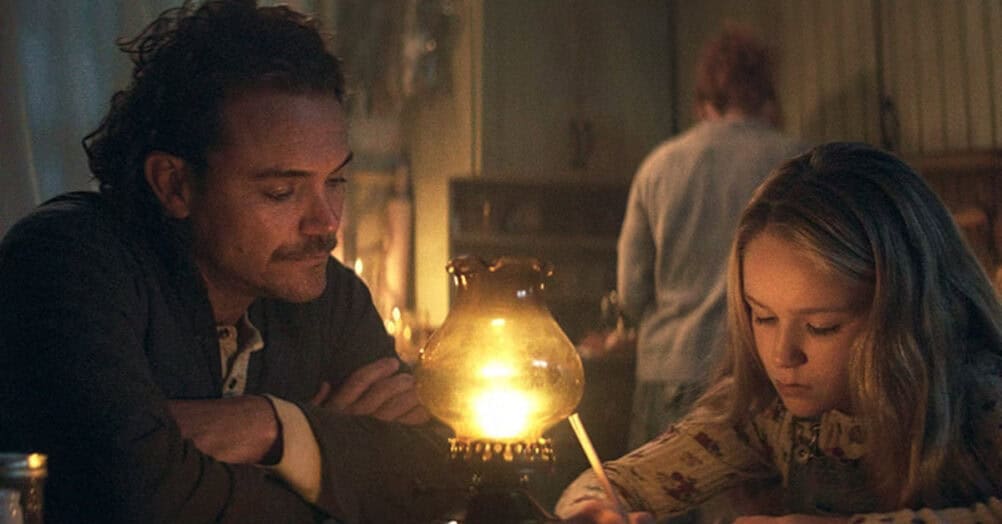
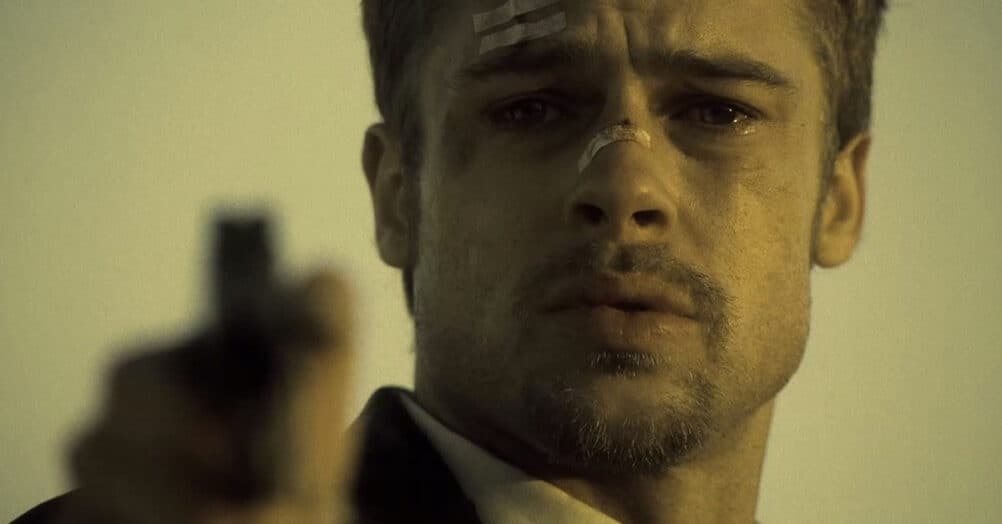

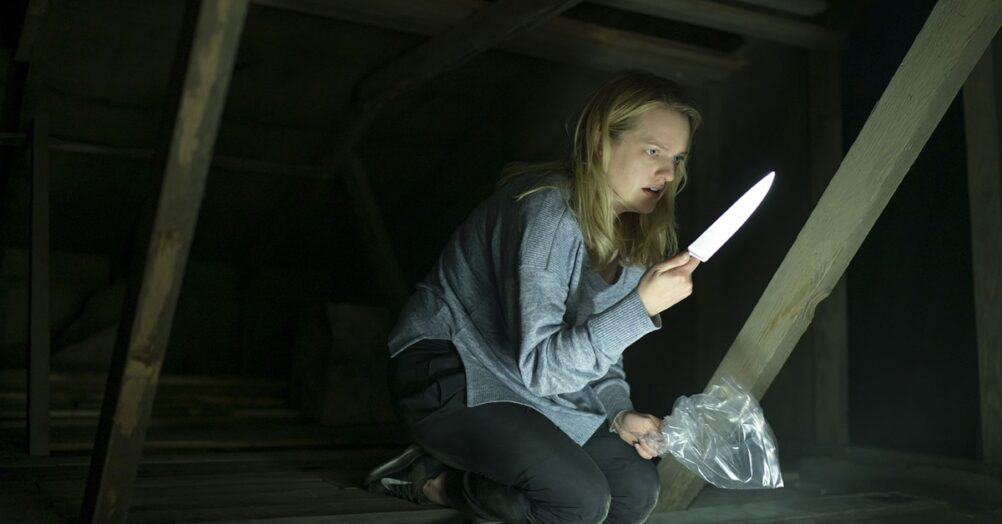

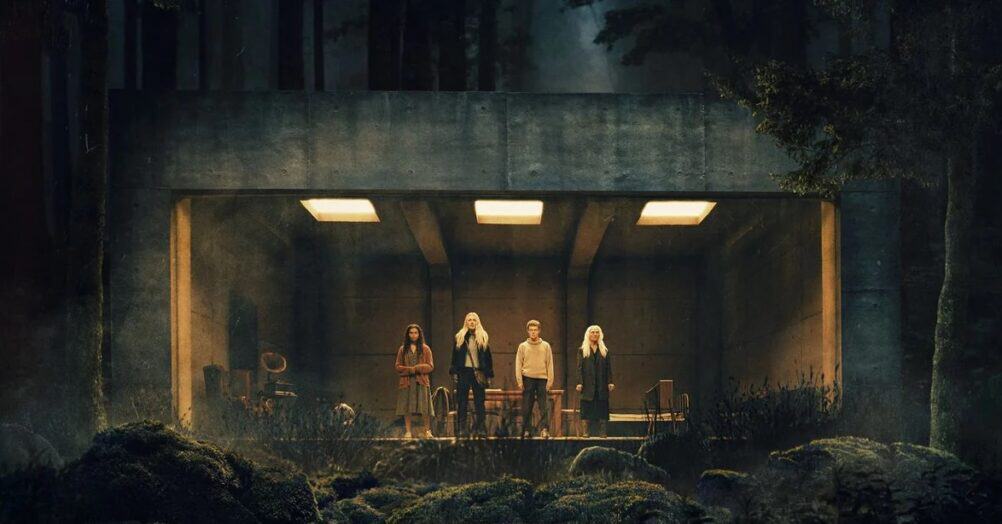
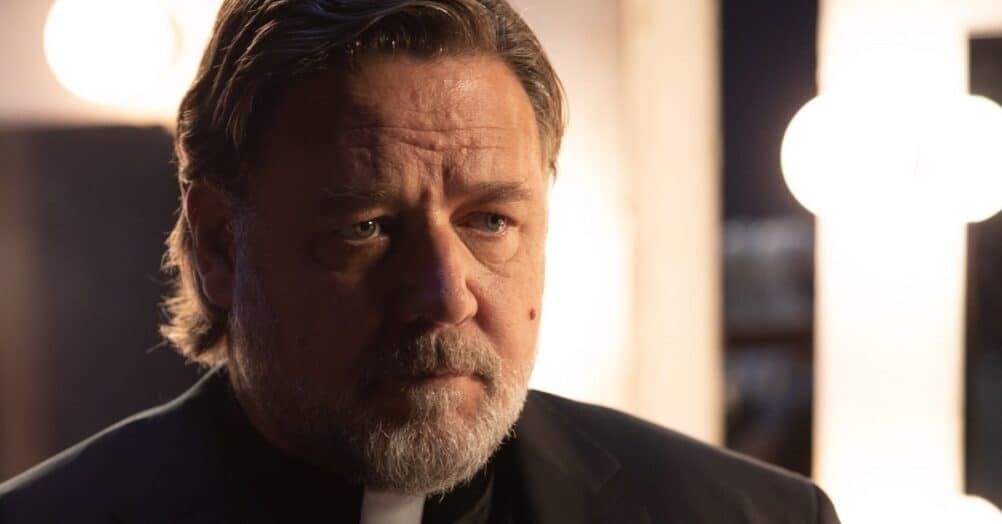

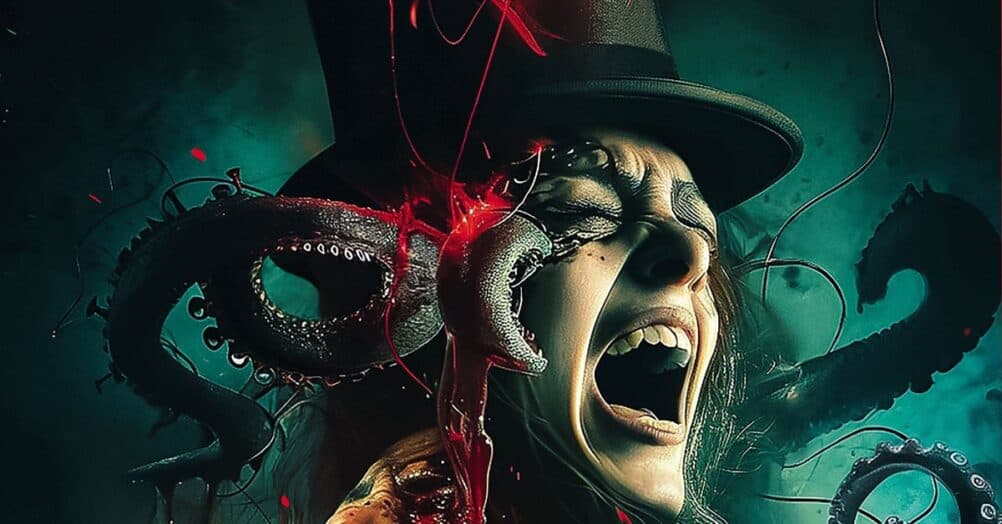
Follow the JOBLO MOVIE NETWORK
Follow us on YOUTUBE
Follow ARROW IN THE HEAD
Follow AITH on YOUTUBE